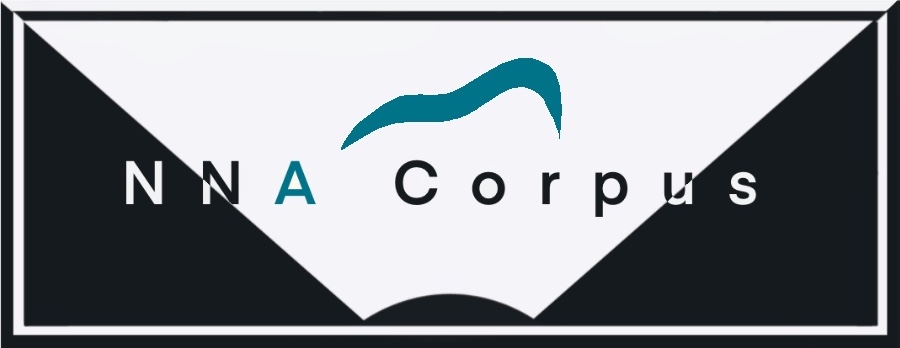The Non-Native Articulatory Corpus – French (henceforth NNA French) is a free online database of audio and ultrasound recordings of non-native and native speakers of French. Launched in summer 2021 and continuously growing, the NNA French primarily targets French learners from a variety of language backgrounds at all levels of proficiency, from beginner to advanced. However, the corpus also includes speech data of native French speakers from various backgrounds (e.g., Parisian French, Southern French, and Canadian French, to name a few).
Although several speech corpora exist with articulatory data available online, the primary focus for the majority of them is native speech (e.g., Narayanan et al. 2011; Berkson et al. 2018). Learner corpora, on the other hand, are predominantly acoustic- or text-oriented (e.g., Weinberger & Kunath 2011; Rubio et al. 2021; Staples et al. 2019). Several learner corpora on French language also mainly involve audio recordings (e.g., TCOF-POS, Benzitoun et al. 2012; CEFC, Benzitoun et al. 2016; CFPQ, Dostie 2016; among others). However, recent studies have been highlighting the importance of articulatory information in acquiring foreign speech sounds, suggesting that visual information of articulatory movements facilitates learning (e.g., Wu et al. 2016). To address this, the NNA French provides not only acoustic but also articulatory speech data from both native speakers and learners of French, making it an innovative speech database.
As the NNA French offers both acoustic and articulatory information, we expect it to serve as a valuable resource for researchers in the fields of phonetics, speech pathology, second/foreign/additional language acquisition, French pedagogies, multilingualism, as well as for French teachers and learners. For example, the corpus data can be used by French teachers to develop materials to teach French phonetics and to provide adequate feedback to the learners, as using ultrasound data for pedagogical purposes has been shown to be effective (e.g., Wu et al. 2016). Furthermore, the articulatory data will allow researchers to analyze the phonetic properties of both native and non-native French when acoustic information alone is not sufficient. For example, Oakley (2019) showed that French learners used both lip rounding and tongue backing to lower F2 in front-rounded vowels. Data from the NNA French will allow us to test if the different articulatory strategies have to do with the learners’ proficiency levels or language background. We expect the NNA French will enable such investigations and more, potentially contributing to our understanding of French phonetics in general, and the sources of foreign and dialectal accents in French speech.

